Key Points and Summary – Internal Navy assessments warn the fleet can’t refill its missile magazines fast enough after unprecedented intercepts and strikes against the Houthis.
-The Eisenhower CSG alone fired 155 defensive missiles and 135 Tomahawks; across the fleet, expenditures since 2023 outpace decades of post–Desert Storm use.
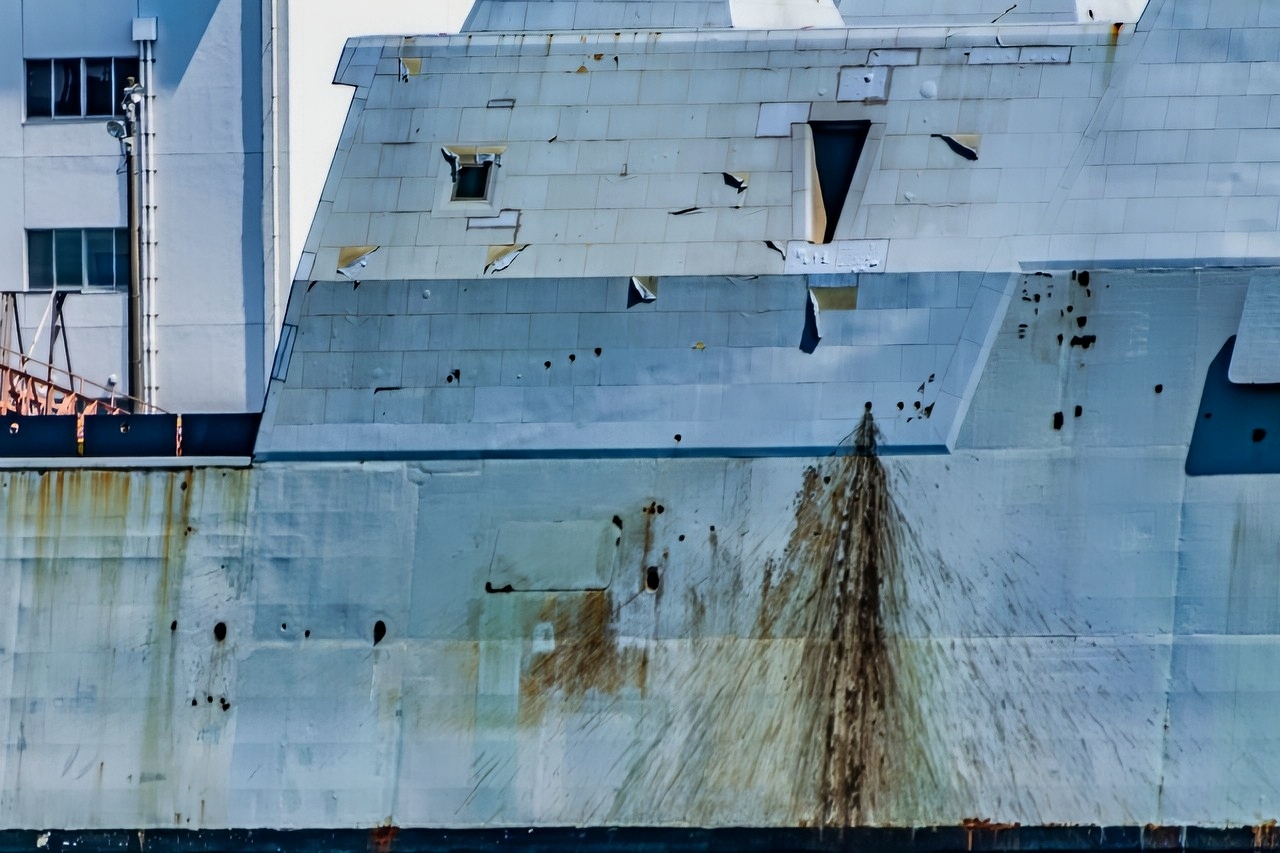
Zumwalt-Class In Bad Shape X Screenshot.
-Despite 10,000 VLS cells at sea, available SM-series and TLAM inventories can’t fill them once, and annual Tomahawk buys (as low as 22–57) lag wartime demand.
-With two-year build cycles and thin supplier bases (motors, seekers), every missile used today isn’t available for a China fight tomorrow.
-The fix: surge funding, multi-year buys, supplier expansion, and reload logistics.
US Navy Fleet At Risk Due to Problems Refilling Missile Stores
According to internal US Navy assessments, the service’s campaign against Houthi militants in the Red Sea has exposed the degree to which the fleet is now at risk in the event of future hostilities. This threat stems from the US industry’s inability to produce missiles at a rate that replaces munitions expended in combat.
As a consequence, current missile stocks are inadequate to sustain combat and simultaneously prepare for a potential war with China’s People’s Liberation Army Navy (PLAN) and any other adversaries.
Between October 2023 and January 2025, US Navy ships fired more defensive missiles at incoming Houthi drones and rockets than they used in the entire three decades following Operation Desert Storm. They additionally targeted hundreds of offensive strike missiles at Houthi positions in Yemen.
The Dwight D. Eisenhower Carrier Strike Group fired 155 missiles while defending its ships against attacks, and 135 Tomahawk cruise missiles. These were launched against enemy targets during this strike group’s deployment from November 2023 to June 2024.
“We’re at a dangerously low level from a stockpile perspective,” Navy Secretary John Phelan told senators during his confirmation hearing in February 2025. At the time, he had vowed to address the missile shortage issue immediately.
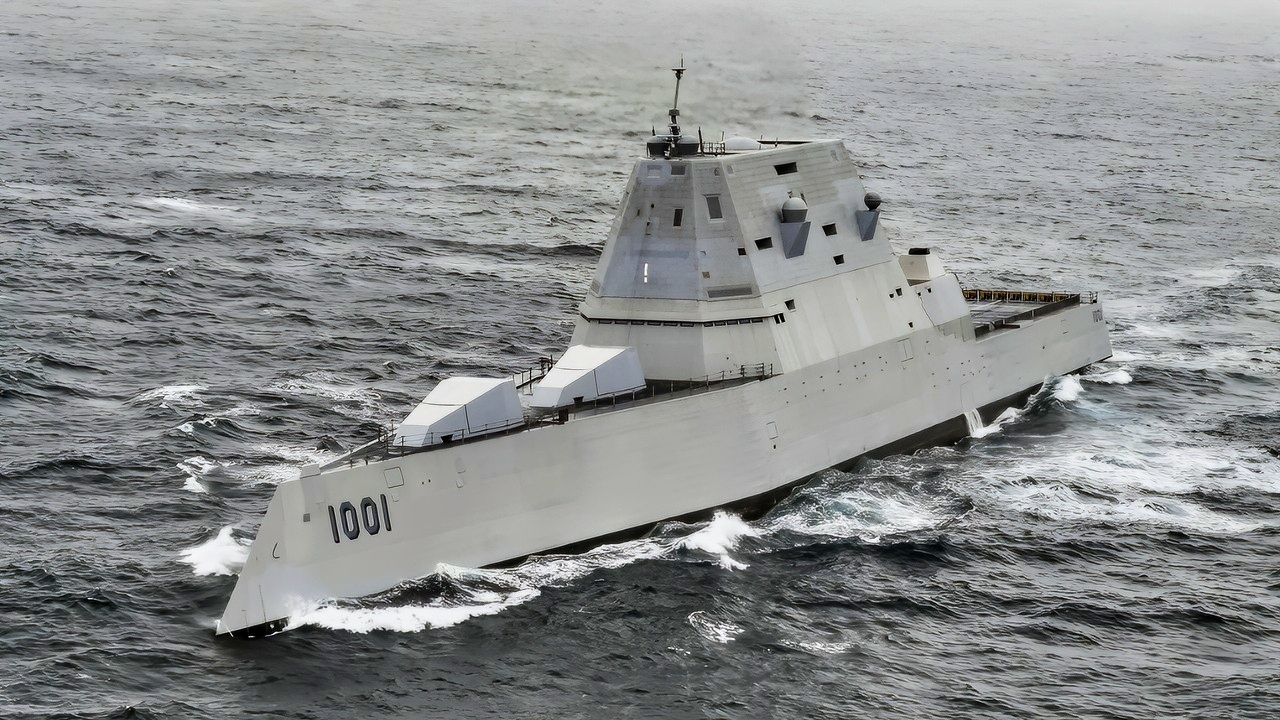
(April 21, 2021) Zumwalt-class guided-missile destroyer USS Michael Monsoor (DDG 1001) participates in U.S. Pacific Fleet’s Unmanned Systems Integrated Battle Problem (UxS IBP) 21, April 21. UxS IBP 21 integrates manned and unmanned capabilities into challenging operational scenarios to generate warfighting advantages. (U.S. Navy photo by Chief Mass Communication Specialist Shannon Renfroe)
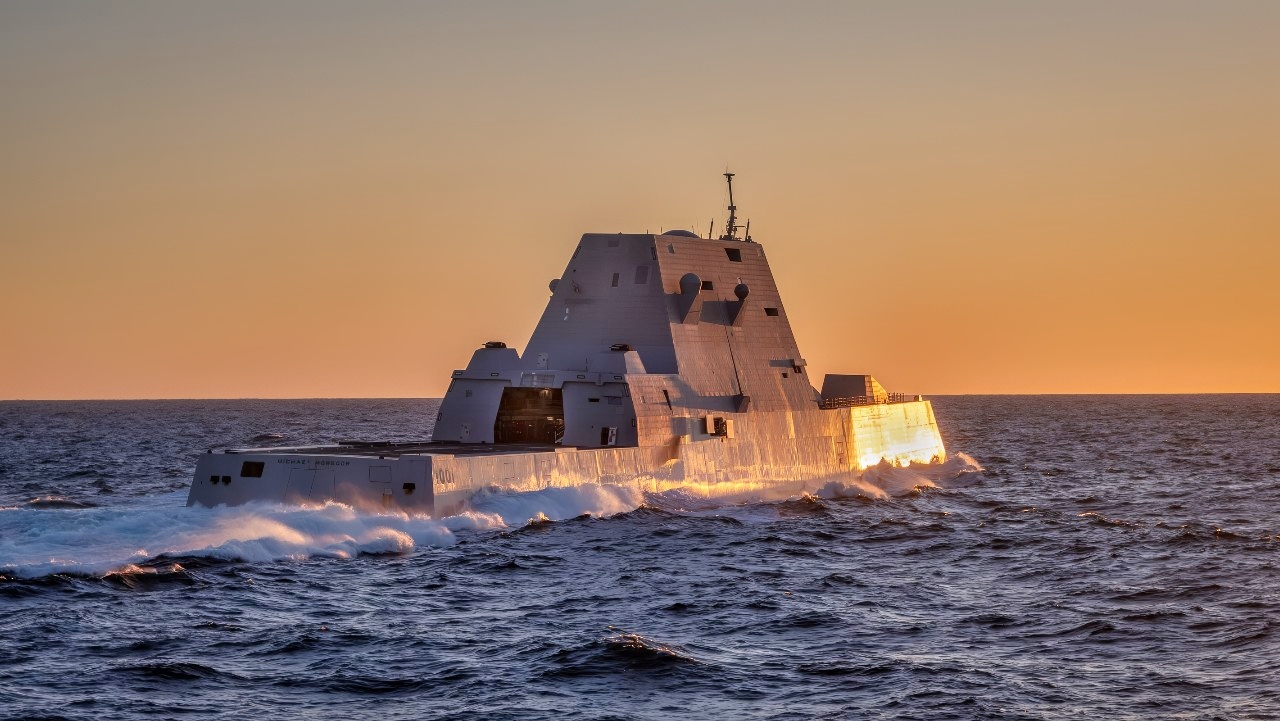
(February 10, 2024) — The Zumwalt Class Guided Missile Destroyer USS Michael Monsoor (DDG 1001) breaks away from the Henry J. Kaiser-class fleet replenishment oiler USNS Pecos (T-AO 197) shortly before sunset after taking on fuel. (U.S. Navy photo by Chief Mass Communication Specialist Mark D. Faram)
Not Enough Production Capacity
As of today, the US Navy’s fleet has, in the aggregate, approximately 10,000 vertical launch platforms capable of firing missiles of this type. However, stocks are so low that the fleet does not even have enough missiles in inventory to fill those launch canisters even once.
“You stand the chance now of sending a ship into harm’s way that would be the equivalent of sending soldiers into battle with only a handful of rounds of ammunition—If any,” said a senior retired US Naval officer who spoke to National Security Journal.
In recent years, the US industry has turned out what seemed like impressive numbers of munitions. The Heritage Foundation tabulates that through 2023, US defense companies had provided a total of 12,000 SM-2s, 400 SM-3s, 1,500 SM-6s, and 9,000 Tomahawk Land Attack Missiles (TLAM), which is the principal VLS-launched weapon, counting forward from the date(s) that these weapons first entered service.
But the Heritage report also details that the Navy has “expended at least 2,800 Standard Missiles and 2,900 TLAMs, leaving the US with on-paper maximums of roughly 11,000 missiles in the SM-series, and 6,000 TLAMs—for a total of roughly 17,000 VLS-launched munitions. In other words, the US cannot reload the full complement of VLS even once.”
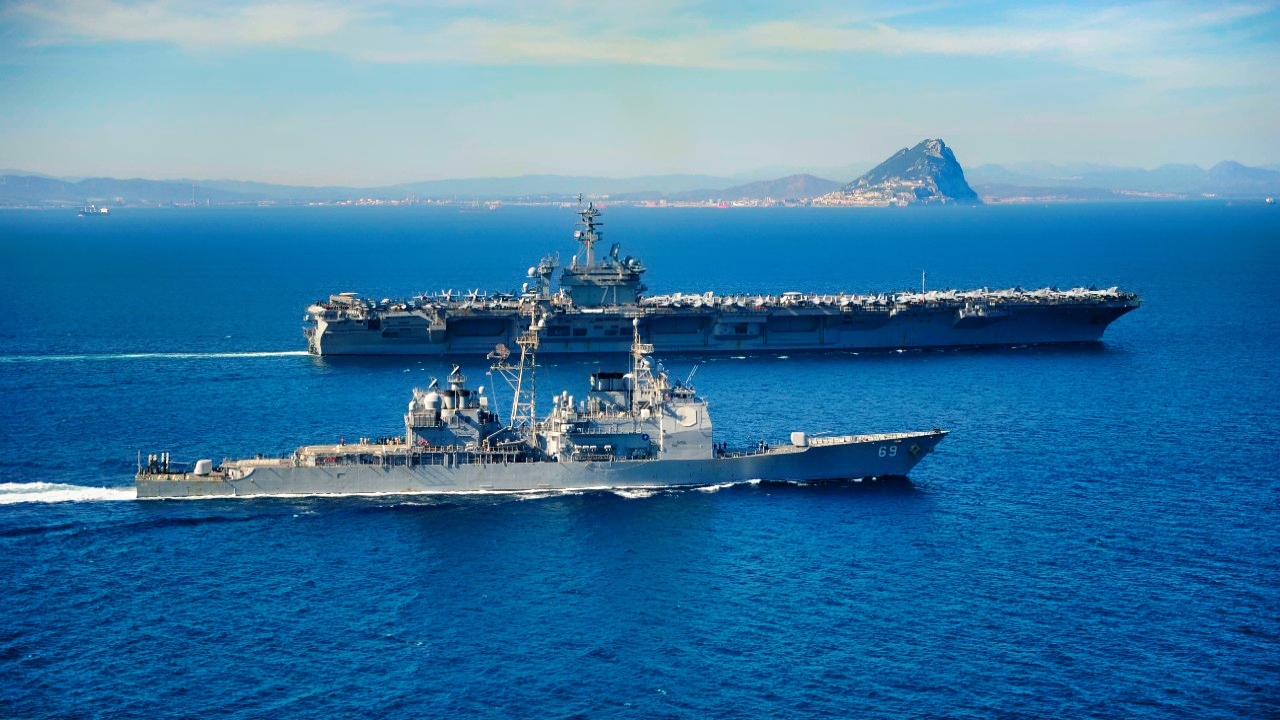
US Navy Warship. Image Credit: Creative Commons.
“And 17,000 missiles is a significant overstatement of what is actually in the US arsenal. An unknown number have been used for training, and others lost to attrition and retirement, with the Wall Street Journal estimating TLAMs to be at 4,000 in 2020. Furthermore, as an operational consideration, these munitions will not all be in the relevant theater for timely resupply.”
The production tempo for the most recent fiscal years means this shortage will continue. Pentagon documents show the US Navy procured 68 Tomahawks in fiscal year 2023, 34 in 2024, with plans for only 22 through 2025 and 57 in 2026.
For comparison, the opening bombardment during Operation Iraqi Freedom required about 800 Tomahawks. Replacing just that one operation’s consumption would need more than a decade at current production rates.
The problem, say those who understand the system well, is that each missile requires up to two years to assemble. This is due to the specialized components required and the limited number of suppliers capable of producing rocket-motor parts.
What If Beijing Makes a Move?
Retired Navy Cmdr. Bryan Clark of the Hudson Institute has raised a red flag in his testimony before Congress. Saying the current rate of missile depletion puts the Navy at a disadvantage in the event of a conflict with the People’s Republic of China (PRC)
The Red Sea operations consumed over $1 billion in munitions to defend shipping lanes against a non-peer adversary. The PRC’s People’s Liberation Army Navy (PLAN) operates a wide range of advanced anti-ship missiles and hypersonic weapons. They can also generate overpowering drone swarms that would require a much larger number of defense systems than the Navy ever employed against the Houthis.
As it stands today, the current production capacity does not match operational demand. Therefore, every missile fired at an enemy drone is one fewer missile that would be available to have in stock for a conflict with Beijing or any other peer adversary.
It is a dilemma that will persist until the US industry spools up production, which will take some years.
About the Author: Reuben F. Johnson
Reuben F. Johnson has thirty-six years of experience analyzing and reporting on foreign weapons systems, defense technologies, and international arms export policy. Johnson is the Director of the Asia Research Centre at the Casimir Pulaski Foundation. He is also a survivor of the Russian invasion of Ukraine in February 2022. He worked for years in the American defense industry as a foreign technology analyst and later as a consultant for the U.S. Department of Defense, the Departments of the Navy and Air Force, and the governments of the United Kingdom and Australia. In 2022-2023, he won two awards in a row for his defense reporting. He holds a bachelor’s degree from DePauw University and a master’s degree from Miami University in Ohio, specializing in Soviet and Russian studies. He lives in Warsaw.
More Military
Forget the F-35 of F-47: A 7th Generation Fighter Is Possible
$500 Drones are Destroying $10,000,000 NATO Tanks in Ukraine War
The Mach 2.2 F-4 Phantom II Fighter Has a Message for Every Air Force on Earth
China’s White Emperor ‘NGAD’ Stealth Fighter Summed Up in 2 Words


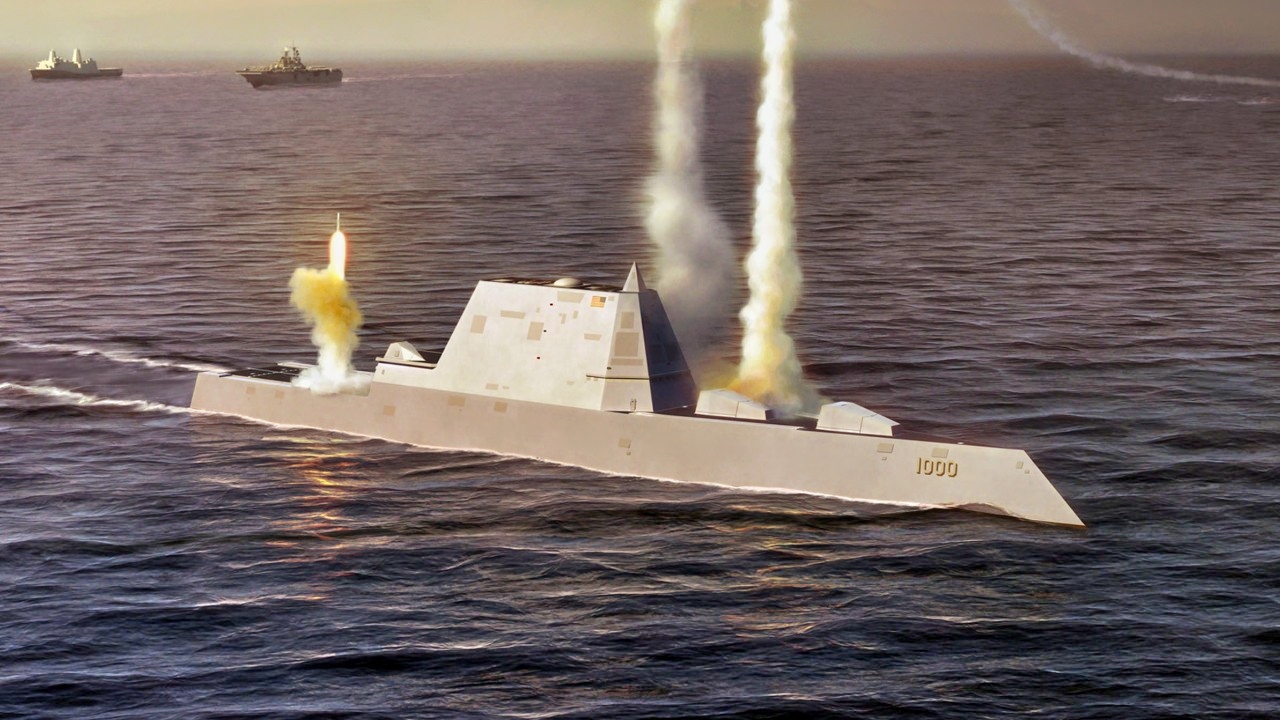








Shitdoyle
October 28, 2025 at 2:48 pm
World war three will be fought with ICBMs and Tridents.
Also with burevestniks an hwasongs and dongfengs and RS-28s and oreshniks.
Shithole
October 28, 2025 at 8:22 pm
World war three coming..
She’s comin’, comin’, coming in the dark of the night.
Beware, the number, the MAGIC number, 2027.
Beware.